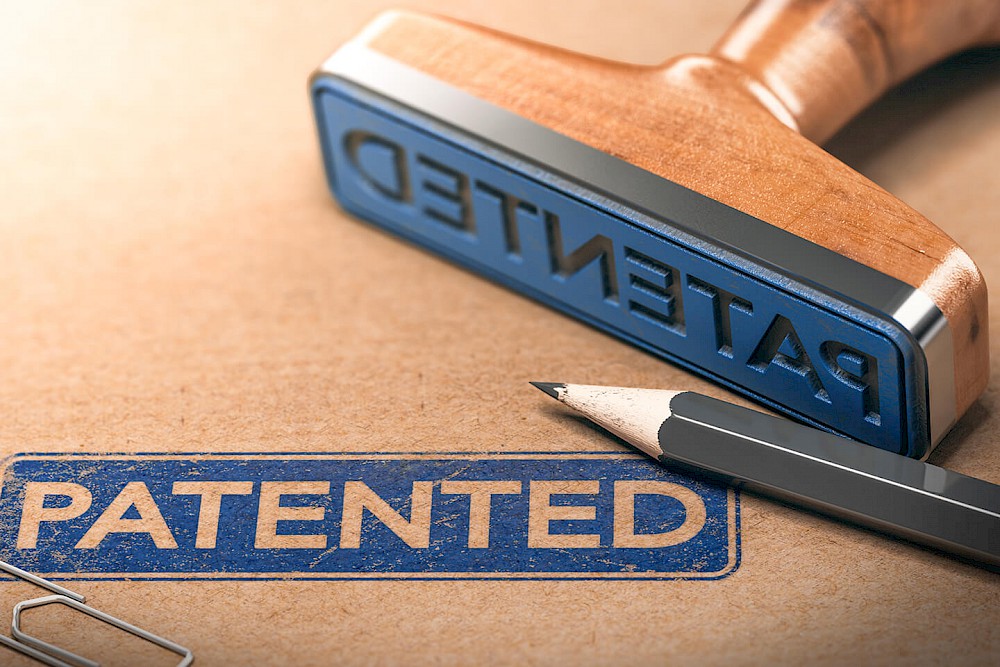
Principles and Issues behind Patented Products!
Patented products are those products that are officially documented by a country for the sake of the inventor’s rights. These rights secure the inventor’s product from others selling, making, or using the product for commercial purposes. It prevents someone else from deriving any commercial benefit, thus protecting the inventor. In different countries, there are different rules for patented products. For instance, in the U.S, a patented product has a life of 20 years from the time of application submitted by the individual. There are also some companies operating in the market which offer their consultancy services regarding patenting etc.
Patentable vs. Non-Patentable:
Some things are considered patentable, while others are considered non-patentable. The invention must be a patentable object. You might be wondering what products are found patentable. Well! The patentable products include new processes such as an automated method or a manufacturing process, software, some biological materials, business methods, and new products such as appliances, medical devices, toys, pharmaceutical drugs, and tools. Whereas, non-patentable include mathematical models, plans or schemes, artistic creations, principles or theories, and abstract intellectual ideas.
Also, there must be no prior use of an innovation. Or in other words, if you have licensed the product or have been selling it using some process in your business, this disqualifies the change from being patentable.
Now that you know what products can be patented and what can’t be let’s find out what makes a product patentable. If you want to get your product patented, your inventions must be novel, useful, and not distinct.
It is essential to know the criteria of a patent product, so that you may be better able to know about it. As discussed above, the patented product must fulfill three things; let’s have a quick look at the requirements.
Novel:
Novel invention (novelty), as the name suggests, is new that is not already known publicly, or you can say that is not available for public display. In many foreign countries, your invention will not be considered patentable if you disclose it publicly before patent filing as it removes the novelty factor. This means that the novelty is tested at the date of your patent application. For that matter, make sure you have a confidentiality agreement signed beforehand if you want to show your product to someone.
Useful:
The innovation must be useful such that it should perform a useful function as described and must be of benefit to the society-at-large.
Not Obvious (inventive):
The innovation must be inventive. This particular requirement relates to the ‘obviousness’ of the new invention, process, or product. If a prior design, process, or product is similar to the current device such that a skilled individual considers it visible, in terms of the prior art, the product is deemed to be obvious and not patentable.
Now you might have well understood the need for protecting your invention. Some product development companies offer you intellectual property protection of your idea before it gets to market.

